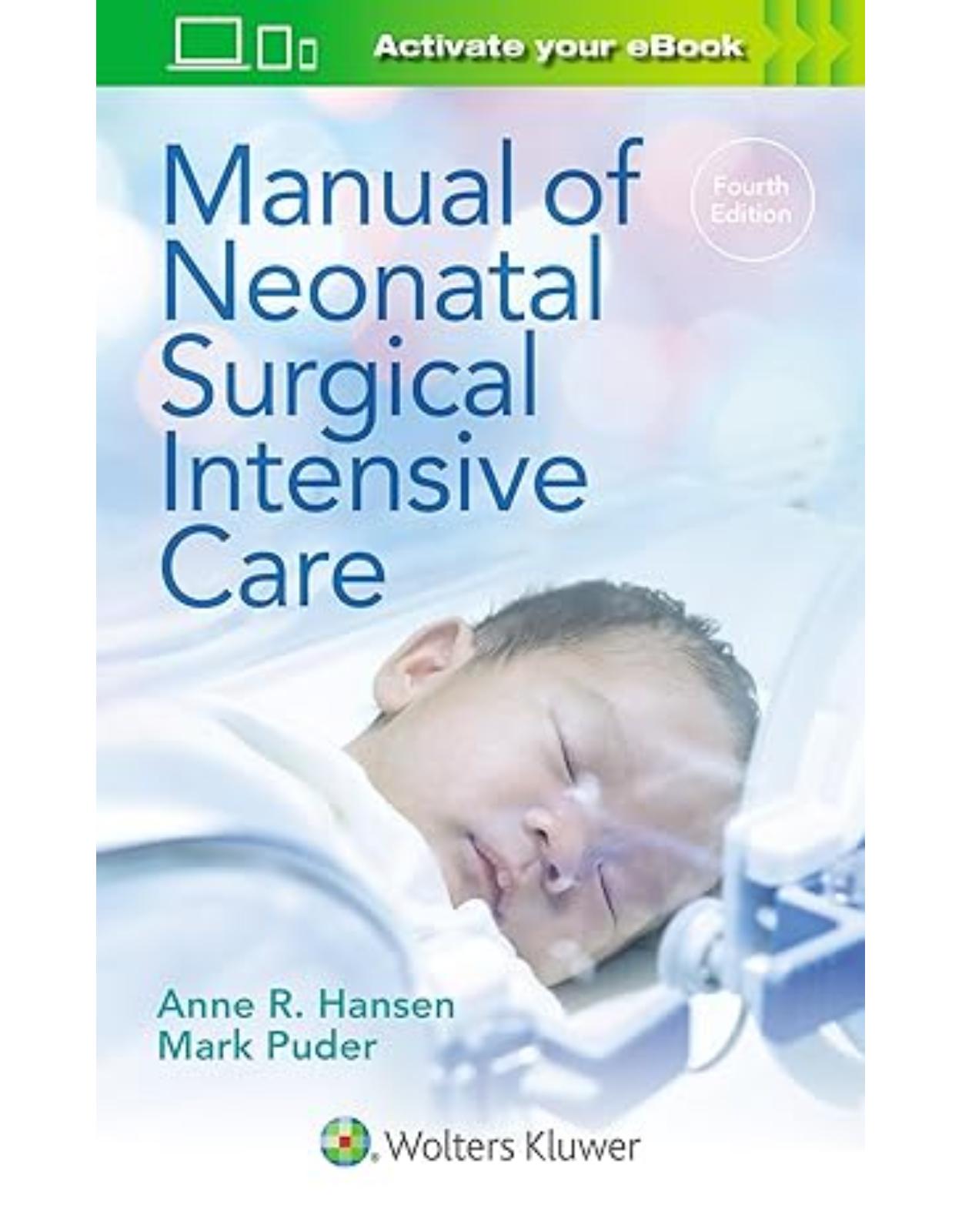
Manual of Neonatal Surgical Intensive Care
Livrare gratis la comenzi peste 500 RON. Pentru celelalte comenzi livrarea este 20 RON.
Disponibilitate: La comanda in aproximativ 4 saptamani
Editura: LWW
Limba: Engleza
Nr. pagini: 704
Coperta: Paperback
Dimensiuni: 127 x 203 x 26 mm
An aparitie: noi 2024
Using a quick-reference, bulleted format, Manual of Neonatal Surgical Intensive Care, Fourth Edition, edited by Drs. Anne R. Hansen and Mark Puder, provides complete coverage of this challenging and multifaceted field in a concise, easy-to-digest manner. Written for both medical and surgical clinicians, this practical manual is a collaboration of the medical and surgical staff at Boston Children’s Hospital, Beth Israel Deaconess Medical Center, Brigham and Women’s Hospital, and other institutions that addresses the perioperative management of newborns with surgical conditions.
Table of Contents:
1. General Considerations
1.1: Medical Considerations
DEFINITIONS
CLASSIFICATION OF GESTATIONAL AGE AND SIZE AT BIRTH
HIGH-RISK INFANTS
Intrauterine Growth Restriction/Small for Gestational Age
Large for Gestational Age
Prematurity
FLUID, ELECTROLYTE, AND NUTRITIONAL MANAGEMENT OF SICK NEWBORNS
Intravenous Nutrition and Hydration
Enteral Nutrition and Hydration
1.2: Parenteral Nutrition for the Surgical Infant
OVERVIEW
INDICATIONS
FLUID NEEDS
VENOUS ACCESS
ENERGY NEEDS
COMPONENTS OF PN
MACRONUTRIENTS
CARBOHYDRATES
FAT
LIPID CALCULATIONS
PROTEIN
VITAMIN AND MICRONUTRIENTS
Micronutrient Requirements
Trace Elements
Vitamins
Other Additives
SPECIAL SITUATIONS
Starter PN
MONITORING
WEANING/DISCONTINUING PN
METABOLIC COMPLICATIONS
1.3: Surgical Considerations
STABILIZATION AND TRANSPORT OF THE INFANT FOR SURGERY
Referring Center
Accepting Center
Preoperative Preparation
DISEASES REQUIRING SURGERY IN THE NEWBORN PERIOD
Tracheoesophageal Fistula and Esophageal Atresia
Intestinal Obstruction
Intestinal Atresia
Hirschsprung Disease
Meconium Ileus
Midgut Malrotation and Volvulus
Omphalocele and Gastroschisis
Necrotizing Enterocolitis
Congenital Diaphragmatic Hernia
GENERAL PERIOPERATIVE FLUID MANAGEMENT
NPO Orders
IV Fluids
Bowel Preparation for GI Surgical Procedures
Deficit Therapy
Body Fluid Compositions
Blood Replacement
1.4: Respiratory Management
VENTILATION
OXYGENATION
SELECTING THE MODE OF RESPIRATORY SUPPORT
Nasal Cannula Oxygen
Continuous Positive Airway Pressure
Nasal Intermittent Positive Pressure Ventilation
Bilevel Positive Airway Pressure
Conventional Mechanical Ventilation
High-Frequency Ventilation
SUPPLEMENTAL THERAPIES FOR ASSOCIATED RESPIRATORY CONDITIONS
Fetal Lung Maturity
Surfactant Deficiency
Persistent Pulmonary Hypertension of the Newborn
Apnea and Periodic Breathing
Evolving BPD
Airway Edema
Pain, Anxiety, and Agitation
ACKNOWLEDGMENT
1.5: Differential Diagnoses According to Presenting Symptoms
RESPIRATORY DISTRESS
SCAPHOID ABDOMEN
EXCESSIVE MUCUS AND SALIVATION
ABDOMINAL DISTENTION
VOMITING
FAILURE TO PASS MECONIUM
FAILURE TO DEVELOP TRANSITIONAL STOOLS
HEMATEMESIS OR HEMATOCHEZIA
ABDOMINAL MASSES
BIRTH TRAUMA
1.6: Vascular Access
EPIDEMIOLOGY
PHYSIOLOGY
STERILE TECHNIQUE
PERIPHERAL VENOUS ACCESS
Location
Technique
Complications
CENTRAL VENOUS ACCESS
Sizes
Indications
Tip Position
Location
Catheter Types
At Time of Catheter Placement
Catheter Care
Complications
Treatment
Consideration of Catheter Removal
Indications for Catheter Removal
Central Line Removal
UMBILICAL ACCESS
Background
Indications
Contraindications
Insertion Technique
Complications
Removal Technique
PERIPHERAL ARTERIAL ACCESS
Indications
Location
Technique
Complications
INTRAOSSEOUS ACCESS
Background
Indications
Location
Technique
Complications
2. The Fetus
PRENATAL DIAGNOSIS
Early Screening—Biomarkers
Early Screening—Cell-Free DNA
Chorionic Villus Sampling
Amniocentesis
Fetal Blood Sampling
Diagnostic Testing Approaches
Preimplantation Diagnosis
Imaging
FETAL THERAPY
Prenatal Medical Therapies
Prenatal Fetal Surgeries
Recommendations
Surgical Approaches
SPECIFIC FETAL DISORDERS
Complicated Monochorionic Pregnancies
Amniotic Band Syndrome
Chorioangioma
Fetal Congenital Lung Lesions
Congenital Diaphragmatic Hernia
Sacrococcygeal Teratoma
Lower Urinary Tract Obstruction
Open Neural Tube Defects
Intrauterine Cardiac Interventions
3. Otolaryngology, Head and Neck Surgery
3.1: Laryngeal and Tracheal Anomalies
EMBRYOLOGY OF THE LARYNX AND TRACHEA
MORPHOLOGY OF THE NEONATAL LARYNX
CONGENITAL ANOMALIES OF THE LARYNX
Laryngomalacia
Laryngeal Web
Laryngotracheal Cleft
Unilateral Vocal Fold Palsy
Bilateral Vocal Fold Palsy
Subglottic Stenosis
Tracheomalacia
Tracheostomy
REASONS FOR FAILED DECANNULATION
3.2: Nasal Anomalies
CHOANAL ATRESIA AND STENOSIS
Definition
Embryology
Incidence
Clinical Features
Prenatal Diagnosis
Postnatal Diagnosis
Differential Diagnosis
Preoperative Management
Anesthetic and Perioperative Management
Surgical Management
Postoperative Management
Surgical Complications
Outcomes
CONGENITAL PYRIFORM APERTURE STENOSIS
Definition
Embryology
Incidence
Clinical Features
Prenatal Diagnosis
Postnatal Diagnosis
Differential Diagnosis
Management
Anesthetic and Perioperative Management
Surgical Management
Postoperative Management
Surgical Complications
Outcomes
4. Cleft Lip/Palate and Robin Sequence
EMBRYOLOGY
EPIDEMIOLOGY
PRENATAL DIAGNOSIS
POSTNATAL PRESENTATION
ASSOCIATED ANOMALIES
Robin Sequence
PREOPERATIVE MANAGEMENT
Cleft Lip/Palate
Robin Sequence
ANESTHETIC MANAGEMENT
SURGICAL MANAGEMENT
Cleft Lip/Palate
Robin Sequence
POSTOPERATIVE MANAGEMENT
Cleft Lip/Palate
Robin Sequence
COMPLICATIONS/OUTCOME
Cleft Lip
Cleft Palate
Robin Sequence
5. Cardiovascular Disorders
5.1: Patent Ductus Arteriosus
EMBRYOLOGY
INCIDENCE
MECHANISM OF DUCTAL CLOSURE
CLINICAL PRESENTATION IN THE NEONATAL PERIOD
DIAGNOSIS AND DEFINING A HEMODYNAMICALLY SIGNIFICANT PDA
DIFFERENTIAL DIAGNOSIS
PREOPERATIVE MANAGEMENT
Conservative Approach
Pharmacologic
Definitive
INDICATIONS FOR DEFINITIVE CLOSURE
ANESTHETIC MANAGEMENT
Transcatheter Device Closure
Surgical Ligation
CATHETERIZATION PROCEDURE
SURGICAL MANAGEMENT
POSTOPERATIVE MANAGEMENT
Transcatheter Closure
Surgical Ligation
COMPLICATIONS AND OUTCOME
Postclosure Cardiac Syndrome
Additional Complications
5.2: Vascular Rings, Pulmonary Artery Slings, and Other Tracheal Anomalies
EMBRYOLOGY
DEFINITION
CLASSIFICATION
Complete
Incomplete
POSTNATAL PRESENTATION
DIAGNOSIS
DIFFERENTIAL DIAGNOSIS
PREOPERATIVE MANAGEMENT
ANESTHETIC MANAGEMENT
SURGICAL MANAGEMENT
POSTOPERATIVE MANAGEMENT
COMPLICATIONS AND OUTCOME
PULMONARY ARTERY SLINGS
Surgery
5.3: Vascular Anomalies
VASCULAR TUMORS
Infantile Hemangioma
Congenital Hemangioma
Kaposiform Hemangioendothelioma
Pyogenic Granuloma
VASCULAR MALFORMATIONS
Capillary Malformation
Lymphatic Malformation
Venous Malformation
Arteriovenous Malformation
6. Respiratory Disorders
6.1: Esophageal Atresia and Tracheoesophageal Fistula
EMBRYOLOGY
INCIDENCE
PRENATAL DIAGNOSIS
POSTNATAL CLINICAL PRESENTATION
Diagnosis
DIFFERENTIAL DIAGNOSIS
PREOPERATIVE MANAGEMENT
ANESTHETIC MANAGEMENT
SURGICAL MANAGEMENT
Isolated EA (Without TEF)
TEF (Without EA): H-Type Fistula
POSTOPERATIVE MANAGEMENT
COMPLICATIONS AND OUTCOMES
6.2: Congenital Diaphragmatic Hernia and Diaphragmatic Eventration
EMBRYOLOGY
CLASSIFICATION
EPIDEMIOLOGY
PRENATAL DIAGNOSIS
POSTNATAL CLINICAL PRESENTATION
DIFFERENTIAL DIAGNOSIS
PREOPERATIVE MANAGEMENT
Delivery Room Resuscitation
INTERFACILITY TRANSPORT
Team Composition
Pretransport Stabilization
Mode of Transport
PREOPERATIVE ICU MANAGEMENT
Admission Care/Monitoring
Respiratory Care
Cardiovascular Support
Fluids, Electrolytes, and Nutrition
Pain Management and Sedation/Neurologic Considerations
Infectious Disease
Hematology
SURGICAL MANAGEMENT
Timing of Operation
Surgical Techniques
Surgical Classification
POSTOPERATIVE MANAGEMENT
Respiratory Care
Cardiovascular Support
Fluids, Electrolytes, and Nutrition
Pain Management and Sedation/Neurologic Considerations
Infectious Disease
Hematology
COMPLICATIONS/OUTCOME
Mortality
Morbidity
DIAPHRAGMATIC EVENTRATION
Definition
Etiology
Symptoms
Diagnosis
Treatment
6.3: Pneumothorax and Air Leak
DEFINITIONS AND INCIDENCE
ETIOLOGY
PRESENTATION
DIAGNOSIS
MANAGEMENT
Thoracentesis
Chest Tube Placement
COMPLICATIONS
PNEUMOMEDIASTINUM
PNEUMOPERICARDIUM
Diagnosis
Management
ACKNOWLEDGMENT
6.4: Chylothorax
DEVELOPMENT OF THE LYMPHATIC SYSTEM
ETIOLOGY
PRENATAL DIAGNOSIS AND MANAGEMENT
POSTNATAL PRESENTATION
POSTNATAL DIAGNOSIS
MEDICAL MANAGEMENT
Cardiopulmonary Support
Chest Drainage
Tube Removal
Fluids, Electrolytes, and Nutrition
Immunologic/Hematologic
SURGICAL MANAGEMENT
COMPLICATIONS
PROGNOSIS
6.5: Thoracic Mass Lesions
CONGENITAL PULMONARY AIRWAY MALFORMATION
Embryology
Epidemiology
Prenatal Diagnosis
Postnatal Presentation
Differential Diagnosis
Surgical Management
Complications
BRONCHOPULMONARY SEQUESTRATION
Embryology
Epidemiology
Prenatal Diagnosis
Postnatal Presentation and Diagnosis
Differential Diagnosis
Surgical Management
Complications
BRONCHOGENIC CYST
Embryology
Epidemiology
Prenatal Diagnosis
Postnatal Presentation
Differential Diagnosis
Surgical Management
Complications
Postoperative Management
CONGENITAL LOBAR EMPHYSEMA
Embryology
Epidemiology
Prenatal Diagnosis
Postnatal Presentation
Postnatal Diagnosis
Differential Diagnosis
Surgical Management
Complications
Postoperative Management
6.6: Extracorporeal Life Support (ECLS)
CRITERIA
PRE-ECMO EVALUATION
INDICATIONS
CONTRAINDICATIONS
Absolute Contraindications
Relative Contraindications
MODES
Venovenous
Venoarterial
CANNULATION
CIRCUIT MANAGEMENT
Priming the Circuit
Clear Prime
Initiation of ECLS
Maintenance
PATIENT MANAGEMENT
Cardiovascular
Respiratory
Neurologic
Fluid Management
Renal
Nutrition
Infectious Disease
Hematology
WEANING OFF ECLS
Weaning on VA ECLS
Weaning on VV ECLS
COMPLICATIONS
Neurologic Complications
Hemorrhagic Complications
Renal Complications
Infectious Complications
Cardiovascular Complications
OUTCOMES
7. Gastrointestinal Disorders
7.1: Gastroschisis
EMBRYOLOGY
Normal Gastrointestinal Formation and Rotation
ETIOLOGY
INCIDENCE
PRENATAL DIAGNOSIS AND TREATMENT
Preferred Route of Delivery
POSTNATAL PRESENTATION
POSTNATAL DIAGNOSIS
Associated Defects
DIFFERENTIAL DIAGNOSIS
PREOPERATIVE MANAGEMENT
SURGICAL MANAGEMENT
POSTOPERATIVE MANAGEMENT
Nutritional Support
Control of Pain
Infection Risks
COMPLICATIONS AND OUTCOME
7.2: Omphalocele
EMBRYOLOGY
INCIDENCE
PRENATAL DIAGNOSIS AND TREATMENT
POSTNATAL PRESENTATION
POSTNATAL DIAGNOSIS
Associated Anomalies
ASSOCIATED SYNDROMES
DIFFERENTIAL DIAGNOSIS
PREOPERATIVE MANAGEMENT
SURGICAL MANAGEMENT
POSTOPERATIVE MANAGEMENT
COMPLICATIONS AND OUTCOME
7.3: Necrotizing Enterocolitis
ANATOMY
EPIDEMIOLOGY
PATHOGENESIS
Prematurity
Microbial Dysbiosis
Enteral Alimentation
Other Risk Factors
PREVENTION
Potential Preventive Strategies
DIAGNOSIS
Physical Examination
Blood Tests
Stool Tests
Imaging Studies
Surgical Diagnosis
Staging
DIFFERENTIAL DIAGNOSIS
MANAGEMENT
Preoperative Management
Indications for Surgery
ANESTHETIC MANAGEMENT
SURGICAL MANAGEMENT
POSTOPERATIVE MANAGEMENT
Ongoing Management
General Considerations
COMPLICATIONS
Strictures
Short Bowel Syndrome
Long-Term Dependence on Parenteral Nutrition
RECURRENCE
FOLLOW-UP SURGICAL PROCEDURES
TRANSPLANTATION
OUTCOMES
7.4: Obstruction
EMBRYOLOGY
Week 4
Weeks 6 and 7
INCIDENCE
Proximal Obstruction
Small Bowel Obstruction
Large Bowel Obstruction
PRENATAL DIAGNOSIS AND MANAGEMENT
Esophageal Atresia
Pyloric Atresia
Duodenal Atresia and Stenosis
Meconium Ileus
GENERAL APPROACH TO THE INFANT WITH A BOWEL OBSTRUCTION
History
Physical Examination
Laboratory Studies
Radiographic Studies
Management
POSTNATAL PRESENTATION AND MANAGEMENT
Antral and Pyloric Webs
Pyloric or Antral Atresia
Pyloric Stenosis
Gastric Volvulus
Duodenal Atresia and Web
Annular Pancreas
Malrotation and Midgut Volvulus
Intussusception
Intestinal Atresia
GI Duplications
Hernia
Omphalomesenteric Duct Remnant
Internal Hernia
Meconium Ileus
Meconium Plug Syndrome
Colonic Atresia
Hirschsprung Disease
Imperforate Anus
Postoperative Adhesions
Functional Obstructions
7.5: Gastrointestinal Bleeding
DEFINITIONS
GENERAL PRESENTATION AND MANAGEMENT
HISTORY
DIAGNOSIS AND MANAGEMENT
DIFFERENTIAL DIAGNOSIS
UGI Bleeding
LGI Bleeding
UGI or LGI Bleeding
7.6: Intestinal Failure and Short Bowel Syndrome
EPIDEMIOLOGY
FACTORS AFFECTING PROGNOSIS
Length of Small Bowel Resected
Portion of Small Bowel Resected
Presence or Absence of ICV
Adaptive and Functional Capacity of the Remaining Small Bowel
Intestinal Failure–Associated Liver Disease
Small Bowel Bacterial Overgrowth
NUTRITION THERAPY IN SBS
Fluid, Electrolytes and PN
Enteral Feedings
How to Feed
EXTRAINTESTINAL COMPLICATIONS OF SBS
MULTIDISCIPLINARY CARE
SURGICAL MANAGEMENT OF SBS
Initial Operative Strategy
Established SBS
Central Venous Access
Bowel Rehabilitation
Transplantation
SUMMARY
7.7: Inguinal Hernia
ANATOMY
EPIDEMIOLOGY
Pathogenesis
DIAGNOSIS
Physical Examination
Radiographic Studies
DIFFERENTIAL DIAGNOSIS
Testicular Torsion
Lymphadenitis
Hydrocele
MANAGEMENT OF INCARCERATED HERNIAS
Reduction Techniques
Postreduction Management
The Unreducible Hernia
NONINCARCERATED HERNIAS IN PREMATURE INFANTS
POSTOPERATIVE MANAGEMENT
BILATERAL VERSUS UNILATERAL REPAIR
OPEN REPAIR
LAPAROSCOPIC REPAIR
COMPLICATIONS
Recurrence
Scrotal Swelling
Testicular Compromise, Cyanosis, or Atrophy
Spermatic Cord Injury
Intestinal Injury
Iatrogenic Undescended Testes
7.8: Umbilical Hernia
EMBRYOLOGY
Formation of the Umbilical Ring
INCIDENCE
PRENATAL DIAGNOSIS
POSTNATAL PRESENTATION
POSTNATAL DIAGNOSIS
DIFFERENTIAL DIAGNOSIS
PREOPERATIVE MANAGEMENT
ANESTHETIC MANAGEMENT
SURGICAL MANAGEMENT
POSTOPERATIVE MANAGEMENT
COMPLICATIONS AND OUTCOME
7.9: Feeding Tubes
REASONS FOR PLACING A FEEDING TUBE IN AN INFANT
CHOOSING A FEEDING TUBE
ILLNESSES AND CONDITIONS IN WHICH FEEDING TUBES ARE PLACED
Oropharyngeal Dysphagia
Gastrointestinal Malformations and Motility Disturbances
Other Chronic Illnesses and Conditions
Behavioral and Functional Disorders
EVALUATION OF AN INFANT WITH A FEEDING OR NUTRITIONAL DISORDER
Chart Review
History From Caretaker
Physical Examination
Laboratory Studies
Nutritional Evaluation
Chest Radiograph
Barium Swallow
Fiberoptic Endoscopic Evaluation of Swallow
Abdominal Ultrasound
Esophagogastroduodenoscopy
PLACEMENT OF A G TUBE
Surgical Techniques
Preoperative Considerations for the Infant Undergoing Gastrostomy Placement
Relative Contraindications to G Tube Placement
Absolute Contraindications to G Tube Placement
Laparoscopic G Tube Placement
PEG Using the Pull (Gauderer) Technique
The Stamm (Open) G Tube Procedure
Placement by Interventional Radiology
POSTOPERATIVE MANAGEMENT
COMPLICATIONS OF G TUBE PLACEMENT
CARE AND MANAGEMENT
Feeding Regimen
Skin Care of Gastrostomy
Tube Replacement
GE Reflux
Transition From Hospital to Home Enteral Tube Feedings
Transition to Oral Feedings
7.10: Gastroesophageal Reflux
PATHOPHYSIOLOGY
INCIDENCE
SIGNS AND SYMPTOMS
DIAGNOSTIC MODALITIES
CONSERVATIVE MANAGEMENT
MEDICAL MANAGEMENT
SURGICAL MANAGEMENT
Special Considerations
Operations
Complications of Antireflux Surgical Procedures
7.11: Ostomy Diversions and Management
INDICATIONS FOR STOMA CREATION
SELECTION OF STOMA SITE
PREPARATION OF THE BOWEL
TYPES OF GASTROINTESTINAL DIVERSIONS
End Stoma
Mucous Fistula
Hartmann Pouch
Loop Stoma
Double-Barrel Stoma
Special Stoma Considerations in NEC
TYPES OF INCONTINENT URINARY TRACT DIVERSIONS
Ureterostomy
Vesicostomy
POSTOPERATIVE MANAGEMENT
Stoma Assessment
STOMA POUCHING CONSIDERATIONS
Premature Infants
Pouch Application Instructions
Pouch Emptying
POUCHING CHALLENGES
Peristomal Skin Compromise
Stomal Complications
SURGICAL COMPLICATIONS POST STOMA CREATION PROCEDURE
Incisional Dehiscence
Anastomotic Leak
Bowel Obstruction
Hernia
OSTOMY CARE EDUCATION
ACKNOWLEDGMENT
8. Genitourinary Disorder
8.1: Obstruction of the Urinary Tract, Including Hydronephrosis
RENAL EMBRYOLOGY
DIAGNOSIS
Antenatal Hydronephrosis: Diagnosis and Classification Systems
Postnatal Evaluation of Urinary Tract Obstruction
DIFFERENTIAL DIAGNOSIS
MANAGEMENT
Prenatal Treatment of Urinary Tract Obstruction
Postnatal Consequences of Prenatal Obstruction
Antibiotic Prophylaxis for ANH and Obstructing Uropathies
Postnatal Management
Anesthetic Management
Surgical Management
POSTOPERATIVE MANAGEMENT
8.2: Renal Venous Thrombosis in Neonates
MECHANISMS
INCIDENCE
PRENATAL DIAGNOSIS
POSTNATAL PRESENTATION
POSTNATAL DIAGNOSIS
DIFFERENTIAL DIAGNOSIS
MEDICAL MANAGEMENT
SURGICAL MANAGEMENT
ANESTHETIC MANAGEMENT
POSTOPERATIVE MANAGEMENT
COMPLICATIONS/OUTCOME
8.3: Cystic Kidney Disease
ANATOMY
EPIDEMIOLOGY
PATHOGENESIS
DIAGNOSIS
Physical Examination
Radiographic Studies
DIFFERENTIAL DIAGNOSIS
MANAGEMENT
COMPLICATIONS AND OUTCOMES
8.4: Bladder Exstrophy
ANATOMY
EPIDEMIOLOGY
PATHOGENESIS
PRENATAL DIAGNOSIS/TREATMENT
POSTNATAL PRESENTATION
POSTNATAL DIAGNOSIS
DIFFERENTIAL DIAGNOSIS
PREOPERATIVE MANAGEMENT
SURGICAL MANAGEMENT
POSTOPERATIVE MANAGEMENT
COMPLICATIONS/OUTCOME
8.5: Cloacal Exstrophy
EMBRYOLOGY/PATHOGENESIS
Anatomy
INCIDENCE
PRENATAL DIAGNOSIS
POSTNATAL DIAGNOSIS
DIFFERENTIAL DIAGNOSIS
PREOPERATIVE MANAGEMENT
ANESTHETIC MANAGEMENT
SURGICAL MANAGEMENT
POSTOPERATIVE MANAGEMENT
COMPLICATIONS
OUTCOMES
8.6: Urolithiasis in Neonates
EPIDEMIOLOGY
PATHOGENESIS
Acquired
Metabolic
PRENATAL DIAGNOSIS
POSTNATAL PRESENTATION
POSTNATAL DIAGNOSIS
DIFFERENTIAL DIAGNOSIS
MEDICAL MANAGEMENT
SURGICAL MANAGEMENT
POSTOPERATIVE MANAGEMENT
COMPLICATIONS
OUTCOME
8.7: Dialysis/Catheters
EPIDEMIOLOGY
PATHOGENESIS
Neonatal AKI
Premature Infants
DIAGNOSIS
History and Physical Exam
Laboratory Studies
Imaging
MANAGEMENT
Indications
Preoperative Management
Anesthetic Management
Hemodialysis and Continuous Renal Replacement
Peritoneal Dialysis
POSTOPERATIVE MANAGEMENT (AFTER ACCESS PLACEMENT)
Hemodialysis
Peritoneal Dialysis
COMPLICATIONS
8.8: Neurogenic Bladder Dysfunction in the Newborn
EMBRYOLOGY AND ANATOMY
INCIDENCE
PRENATAL DIAGNOSIS
POSTNATAL DIAGNOSIS
ASSOCIATED ANOMALIES
DIFFERENTIAL DIAGNOSIS
PREOPERATIVE MANAGEMENT
SURGICAL MANAGEMENT
COMPLICATIONS
POSTOPERATIVE MANAGEMENT
OUTCOMES
8.9: Testicular Torsion
ANATOMY
EPIDEMIOLOGY
PATHOGENESIS
DIAGNOSIS
Physical Examination
Radiographic Studies
DIFFERENTIAL DIAGNOSIS
PREOPERATIVE MANAGEMENT
ANESTHETIC MANAGEMENT
SURGICAL MANAGEMENT
PREMATURE INFANTS
POSTOPERATIVE MANAGEMENT
COMPLICATIONS
8.10: Circumcision
EMBRYOLOGY
INCIDENCE
POSTNATAL PRESENTATION
CONTRAINDICATIONS TO NEONATAL CIRCUMCISION
PREOPERATIVE CONSIDERATIONS
PREOPERATIVE MANAGEMENT
PERINATAL SURGICAL MANAGEMENT
Caution
POSTOPERATIVE MANAGEMENT
COMPLICATIONS
Early/Immediate Complications
Late Complications
ACKNOWLEDGMENT
8.11: Hypospadias
ANATOMY
EPIDEMIOLOGY
PATHOGENESIS
DIAGNOSIS
Radiologic Assessment
DIFFERENTIAL DIAGNOSIS
MANAGEMENT
CONSIDERATIONS IN PREMATURE INFANTS
PERIOPERATIVE MANAGEMENT AND SURGICAL COMPLICATIONS
ANESTHETIC MANAGEMENT
POSTOPERATIVE MANAGEMENT
Potential Postoperative Complications
8.12: Undescended Testicles
EMBRYOLOGY AND ANATOMY
INCIDENCE
PRENATAL DIAGNOSIS
POSTNATAL DIAGNOSIS
ASSOCIATED ANOMALIES
DIFFERENTIAL DIAGNOSIS
PREOPERATIVE MANAGEMENT
ANESTHETIC MANAGEMENT
SURGICAL MANAGEMENT
COMPLICATIONS
POSTOPERATIVE MANAGEMENT
OUTCOMES
8.13: Differences of Sex Development
TERMINOLOGY
INITIAL APPROACH
EMBRYOLOGY
INCIDENCE
PRENATAL DIAGNOSIS
POSTNATAL DIAGNOSIS
DIFFERENTIAL DIAGNOSIS
ASSESSMENT
MANAGEMENT
SURGICAL MANAGEMENT
PREOPERATIVE ISSUES, ANESTHETIC RISKS, AND POSTOP MANAGEMENT
SURGICAL COMPLICATIONS
OUTCOMES
9. Neurologic Disorders
9.1: Neonatal Hydrocephalus
EMBRYOLOGY
INCIDENCE
PRENATAL DIAGNOSIS
POSTNATAL PRESENTATION
POSTNATAL DIAGNOSIS
DIFFERENTIAL DIAGNOSIS
Hydrocephalus Requiring Treatment
Stable Ventriculomegaly: Caused by Atrophy or Brain Malformation
PREOPERATIVE MANAGEMENT
Supportive Measures
Further Diagnostic Studies
Preterm Infants
PLACEMENT OF VP SHUNT
ETV and CPC
POSTOPERATIVE MANAGEMENT
COMPLICATIONS
Surgical Complications
Medical Complications
OUTCOME
9.2: Myelomeningocele
EMBRYOLOGY/DEFINITION
INCIDENCE AND SURVIVAL
PRENATAL DIAGNOSIS AND PREVENTIVE TREATMENT
POSTNATAL CLINICAL PRESENTATION
ETIOLOGY
PREOPERATIVE MANAGEMENT
ANESTHETIC MANAGEMENT
SURGICAL MANAGEMENT
Postnatal
Prenatal
POSTOPERATIVE MANAGEMENT
COMPLICATIONS/OUTCOMES
9.3: Vein of Galen Malformation
EMBRYOLOGY
INCIDENCE
PRENATAL DIAGNOSIS
POSTNATAL DIAGNOSIS
ASSOCIATED ANOMALIES
DIFFERENTIAL DIAGNOSIS
PREOPERATIVE MANAGEMENT
ANESTHETIC MANAGEMENT
SURGICAL MANAGEMENT
COMPLICATIONS
POSTOPERATIVE MANAGEMENT
OUTCOMES
10. Retinopathy of Prematurity
EMBRYOLOGY
INCIDENCE
PRENATAL DIAGNOSIS
POSTNATAL DIAGNOSIS
DIFFERENTIAL DIAGNOSIS
PREOPERATIVE MANAGEMENT/ANESTHESIA
SURGICAL MANAGEMENT
COMPLICATIONS
POSTOPERATIVE MANAGEMENT
OUTCOMES
11. Intravenous Extravasation Injuries
MECHANISM OF DAMAGE
PREVENTION
PHYSICAL EXAMINATION
INITIAL MANAGEMENT
TREATMENT OF WOUND COMPLICATIONS
MORE AGGRESSIVE INTERVENTIONS
12. Orthopedic Considerations in the Surgical Neonate
GENERAL CONSIDERATIONS
SKELETAL BIRTH TRAUMA—FRACTURES AND DISLOCATIONS
General Considerations
Embryology
Incidence and Etiology
Humerus
Femur
Spine
Prenatal Diagnosis and Treatment
Postnatal Diagnosis
Humerus
Femur
Spine
Management
Humerus
Femur
Spine
Complications and Outcomes
Humerus
BRACHIAL PLEXUS INJURY
Embryology
Incidence and Etiology
Prenatal Diagnosis and Treatment
Postnatal Diagnosis and Treatment
Management
Complications and Outcomes
THE THREATENED LIMB
General Considerations
Embryology
Incidence and Etiology
Prenatal Diagnosis and Treatment
Postnatal Diagnosis
Management
Complications and Outcomes
MUSCULOSKELETAL INFECTION
General Consideration
Embryology
Incidence and Etiology
Osteomyelitis
Vertebral Osteomyelitis
Prenatal Diagnosis and Treatment
Postnatal Presentation and Diagnosis
Management
Septic Arthritis
Osteomyelitis
Vertebral Osteomyelitis/Diskitis
Complications and Outcomes
ORTHOPEDIC CONGENITAL DEFORMITIES
“Congenital” Muscular Torticollis (Wryneck)
Prenatal Diagnosis and Treatment
Postnatal Diagnosis
Management
Complications and Outcomes
CONGENITAL SPINE PROBLEMS
Embryology
Incidence and Etiology
Congenital Scoliosis, Kyphosis
Klippel-Feil Syndrome
Prenatal Diagnosis and Treatment
Postnatal Diagnosis
Spinal Dysraphism
Congenital Scoliosis/Kyphosis
Klippel-Feil Syndrome
Management
Congenital Scoliosis/Kyphosis
Klippel-Feil Syndrome
Complications and Outcomes
CONGENITAL UPPER EXTREMITY PROBLEMS
Embryology
Incidence and Etiology
Congenital Amputations
Constriction Bands
Phocomelia
Radial Clubhand
Central Ray (Metacarpal) Deficiency
Syndactyly
Thumb Hypoplasia
Thumb Duplication
Postaxial Polydactyly
Central Polydactyly
Overgrowth/Macrodactyly
Prenatal Diagnosis and Treatment
Postnatal Diagnosis
Congenital Amputations
Constriction Bands
Phocomelia
Radial Clubhand
Central Ray Deficiency
Syndactyly
Thumb Hypoplasia
Thumb Duplication
Postaxial Polydactyly
Central Polydactyly
Overgrowth/Macrodactyly
Management
Congenital Amputations
Constriction Bands
Phocomelia
Radial Clubhand
Central Ray Deficiency
Syndactyly
Thumb Hypoplasia
Thumb Duplication
Postaxial Polydactyly
Central Polydactyly
Macrodactyly
Complications and Outcomes
CONGENITAL LOWER EXTREMITY PROBLEMS
Embryology
Incidence and Etiology
Proximal Femoral Focal Deficiency (Congenital Short Femur)
Posteromedial Bowing of the Tibia
Fibular Hemimelia/Deficiency
Tibial Hemimelia/Hypoplasia
Congenital Knee Dislocation
Talipes Equinovarus
Congenital Vertical Talus
Prenatal Diagnosis and Treatment
Postnatal Diagnosis
Proximal Femoral Focal Deficiency (Congenital Short Femur)
Anterolateral Bowing of the Tibia (Congenital Pseudarthrosis)
Fibular Hemimelia
Tibial Hemimelia
Congenital Knee Dislocation
Talipes Equinovarus
Pes Calcaneovalgus
Congenital Vertical Talus
Management
Proximal Femoral Focal Deficiency
Posteromedial Bowing of the Tibia
Anterolateral Bowing of the Tibia (Congenital Pseudarthrosis)
Fibular Hemimelia
Tibial Hemimelia
Congenital Knee Dislocation
Talipes Equinovarus
Pes Calcaneovalgus
Congenital Vertical Talus
Complications and Outcomes
Proximal Femoral Focal Deficiency
Posteromedial Bowing of the Tibia
Anterolateral Bowing of the Tibia (Congenital Pseudarthrosis)
Fibular Hemimelia
Tibial Hemimelia
Congenital Knee Dislocation
Talipes Equinovarus
Pes Calcaneovalgus
Congenital Vertical Talus
13. Genetic Considerations
DIAGNOSTIC GENETIC EVALUATION
History
Physical Examination
Laboratory Studies
Imaging Studies
DIAGNOSIS
Informational Resources
TREATMENT
GENETIC COUNSELING
Collaborative Approach
Follow-Up
SPECIFIC DISORDERS
Central Nervous System
Craniofacial
Pulmonary
Congenital Heart Disease
Gastrointestinal Tract
Ventral Wall Defects
Genitourinary/Renal
DEATH OF AN INFANT OR FETUS WITH ANOMALIES
DNA Banking
Fibroblast Culture
Autopsy
Imaging
GENETICS CONSULTATION
14. Anesthesiology
14.1: Anesthesia for Neonatal Surgical Emergencies
GENERAL PREOPERATIVE EVALUATION
Prenatal History
Physical Examination
EVALUATION OF ONGOING TREATMENT
Intake and Output of Fluids
EVALUATION OF MONITORING AND INTRAVENOUS ACCESS
Mandatory Monitors
CARDIOVASCULAR SYSTEM
Changing Cardiovascular Physiology
NEONATAL AUTONOMIC NERVOUS SYSTEM
Sympathetic System
Parasympathetic System
Neonatal Somatosensory System
RESPIRATORY SYSTEM
Physiology
Respiratory Failure
RENAL SYSTEM
Sodium Regulation
Glomerular Filtration Rate
HEMATOLOGIC SYSTEM
Hematologic Considerations
THERMOREGULATION
Causes of Hypothermia
Prevention of Hypothermia
NEED FOR ANESTHESIA
Effects of Anesthetic Agents
Anesthesia and Ablation of Stress Response
ANESTHETIC MANAGEMENT OF SPECIFIC NEONATAL CONDITIONS
Congenital Diaphragmatic Hernia
Esophageal Malformations
Omphalocele and Gastroschisis
Intestinal Obstruction
Necrotizing Enterocolitis
Meningomyeloceles and Meningoceles
Neonatal Tumors
CONCLUSION
ACKNOWLEDGMENT
14.2: Pain Assessment and Management
FETAL AND NEONATAL PHYSIOLOGIC RESPONSES TO PAIN
Neurodevelopmental Outcomes
PRINCIPLES OF PREVENTION AND MANAGEMENT OF NEONATAL PAIN AND STRESS
Principles of Pain Management
EVALUATING NEONATAL PAIN AND STRESS
Recommended Assessment Tools
MANAGEMENT: PAIN PREVENTION AND TREATMENT
Nonpharmacologic Approaches
Considerations for Pharmacologic Approaches
Pharmacologic Treatment of Procedure-Related Pain
Postoperative Analgesia
Reversal Agents
15. Health Maintenance and Discharge Planning
ROUTINE NEWBORN SCREENING
Newborn State Screen
Hearing Screening
IMMUNIZATIONS
Hepatitis B Vaccine
Two-Month Immunizations
Respiratory Syncytial Virus
INPATIENT AND OUTPATIENT SCREENING
Neurology
Ophthalmology
Early Intervention Program
Infant Follow-Up Program
DISCHARGE TEACHING
Well-Baby Care
Nutrition
VISITING NURSE
Communication
HOME SAFETY
CAR TRAVEL SAFETY
SPECIFIC MEDICAL DEVICES
Gastrostomy Tubes
Jejunostomy Tubes
Ostomies
Central Venous Lines
Tracheostomy
Index
| An aparitie | noi 2024 |
| Autor | Anne R. Hansen MD, MPH, Mark Puder MD, PhD |
| Dimensiuni | 127 x 203 x 26 mm |
| Editura | LWW |
| Format | Paperback |
| ISBN | 9781975222451 |
| Limba | Engleza |
| Nr pag | 704 |
| Versiune digitala | DA |

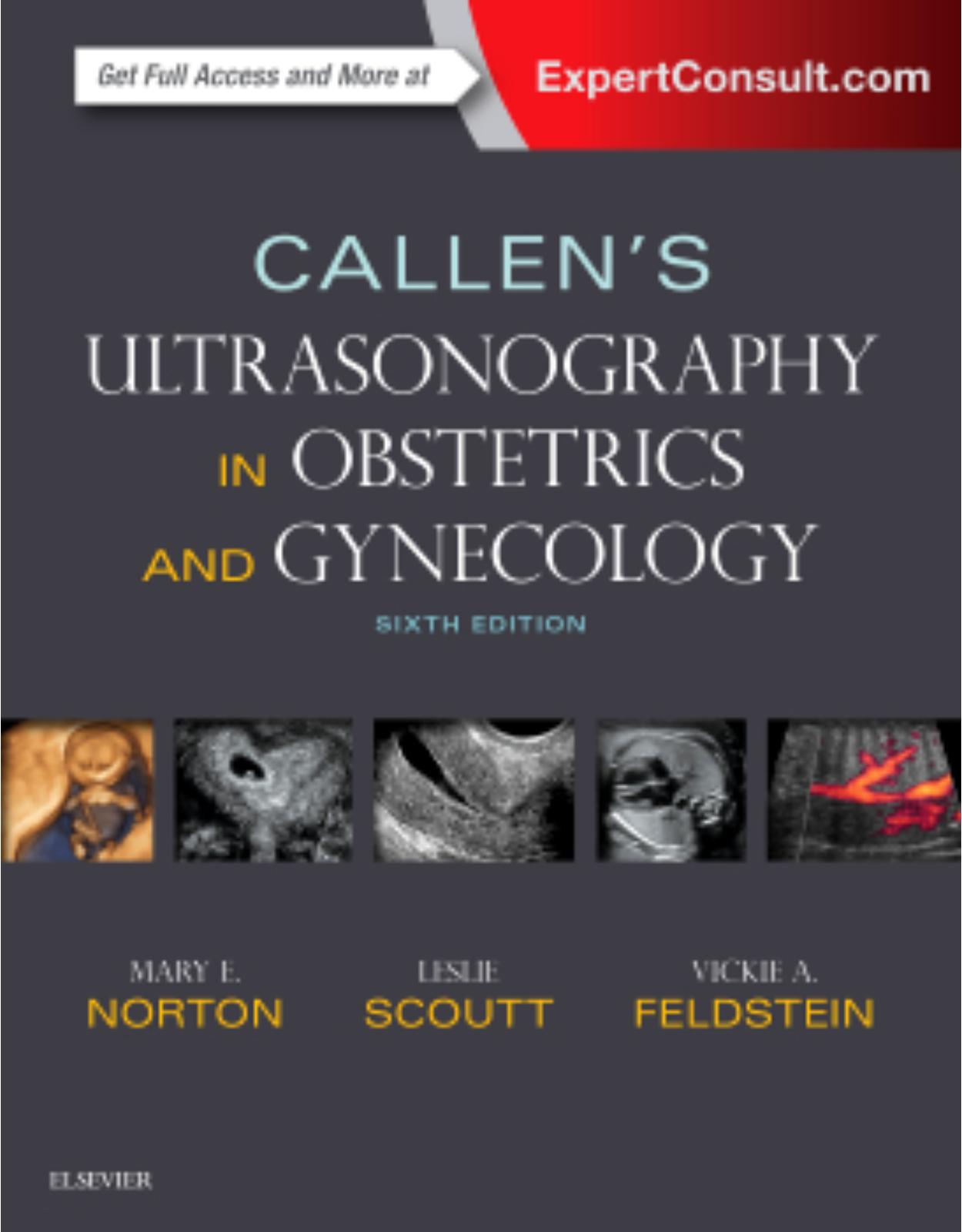
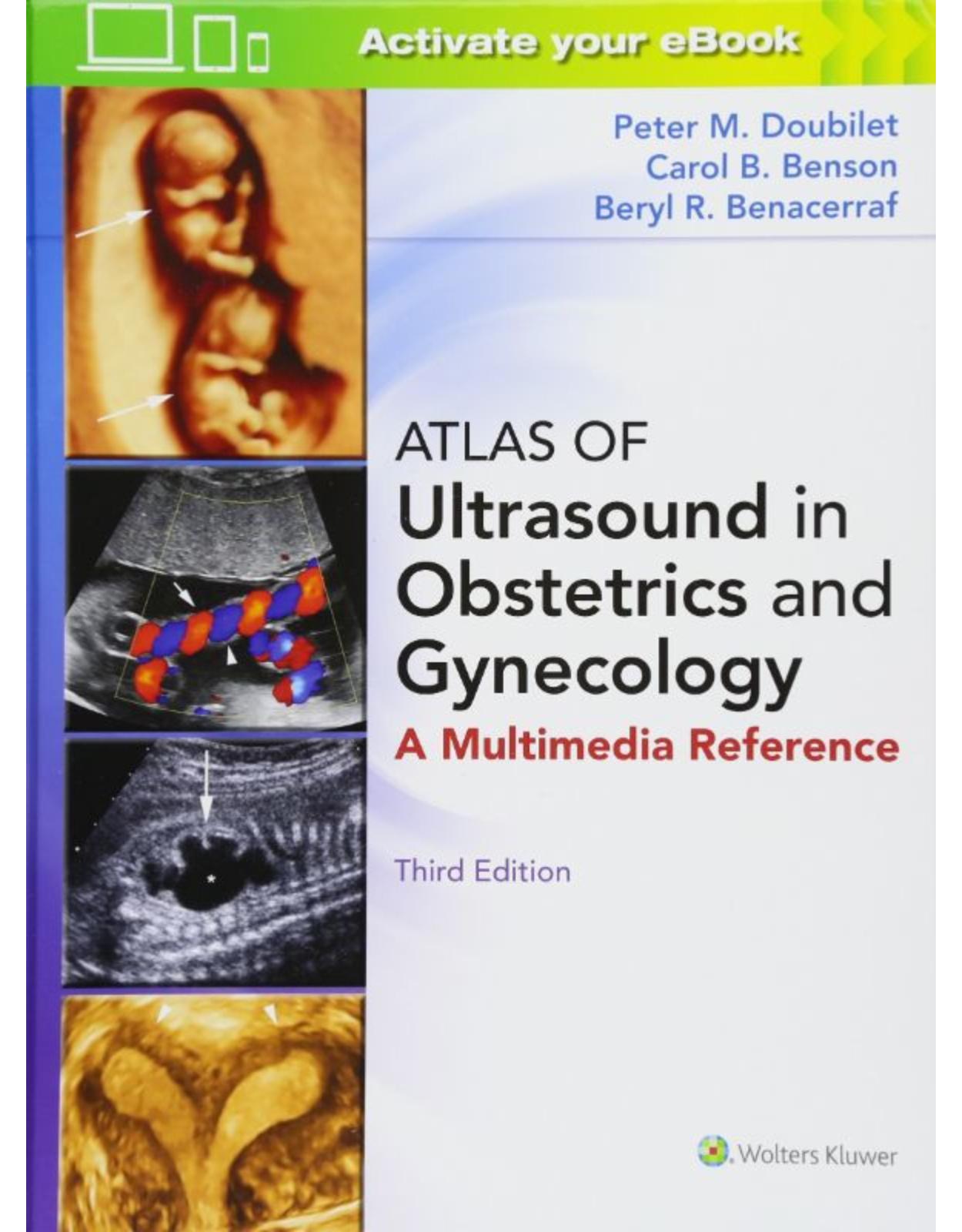
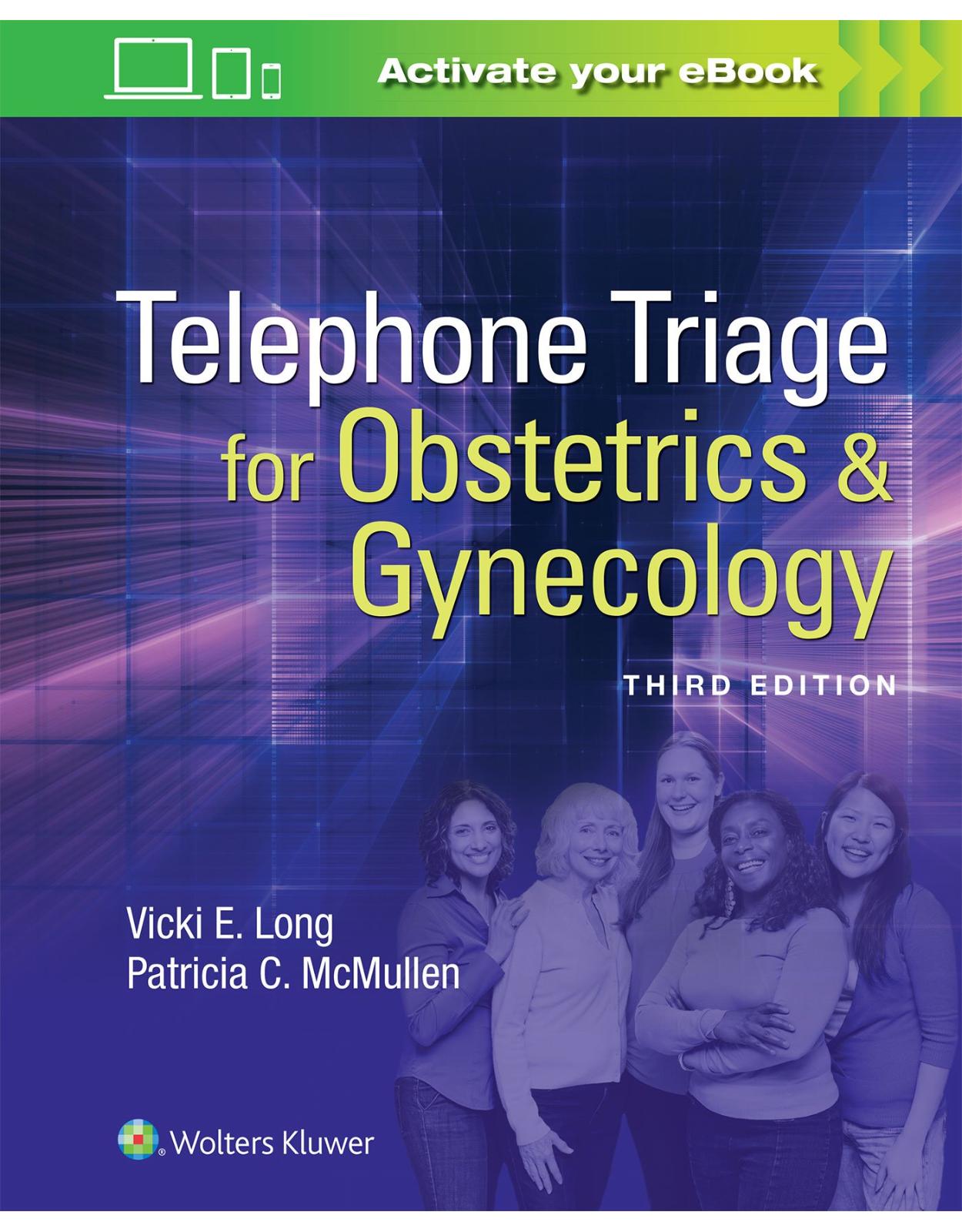
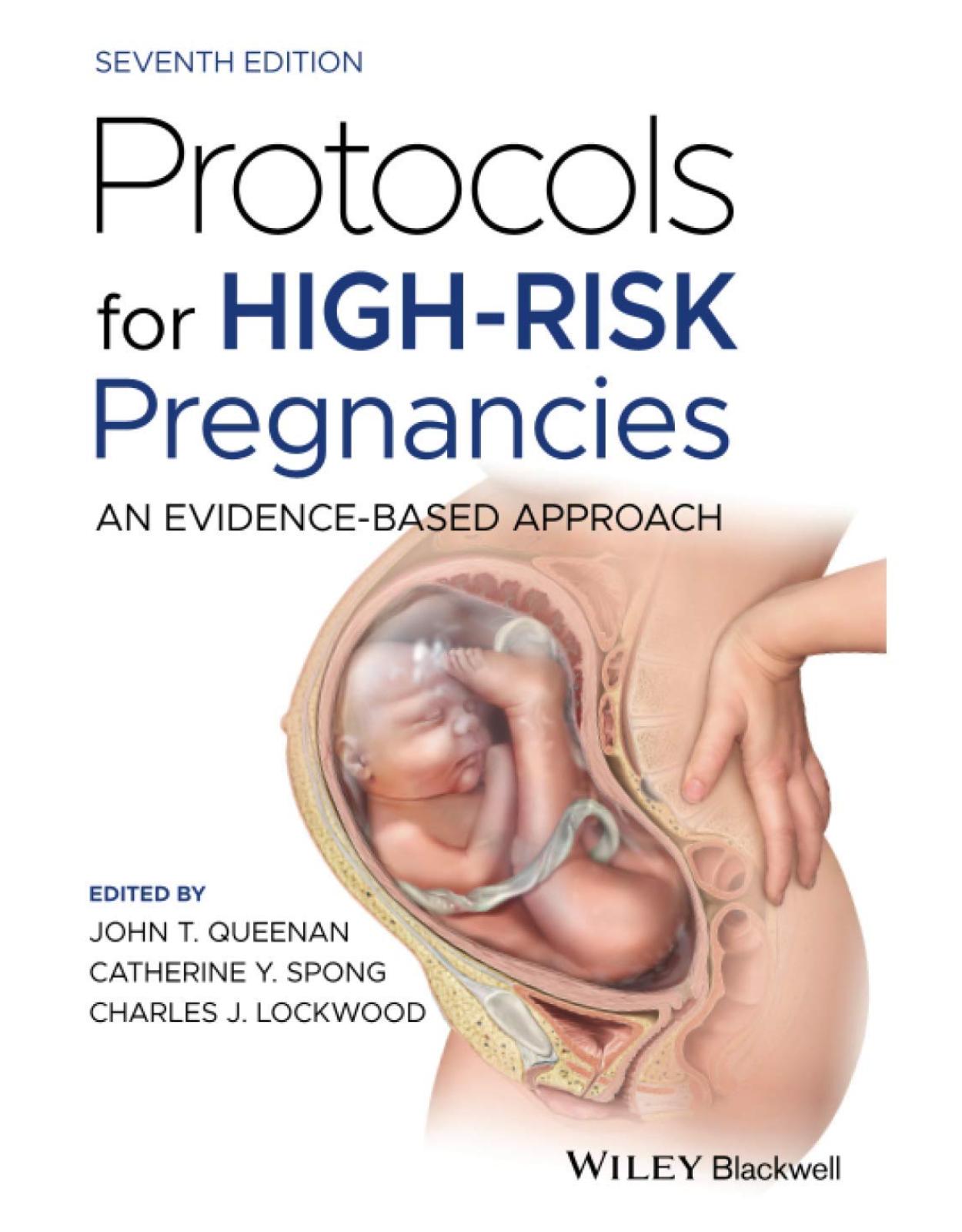
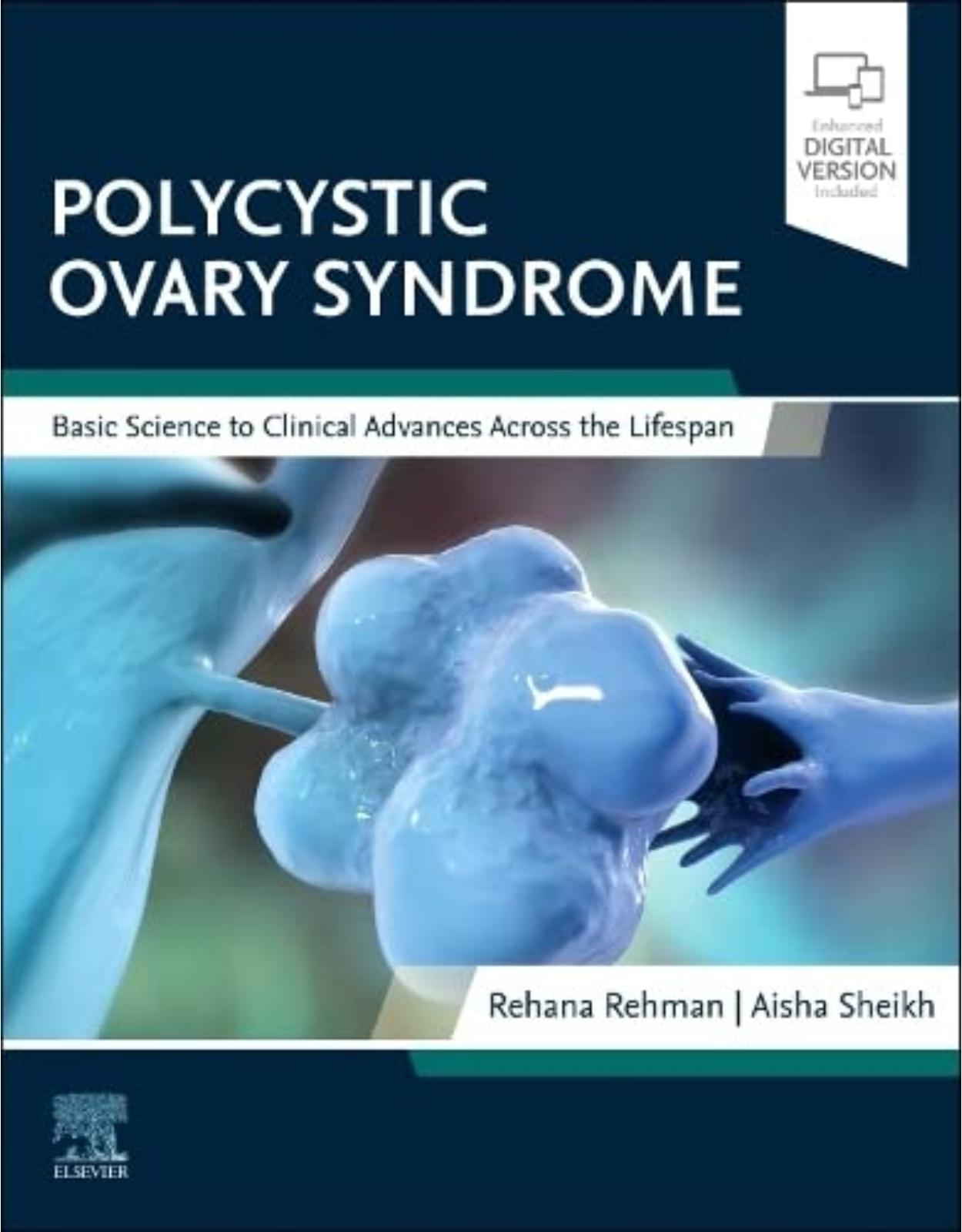
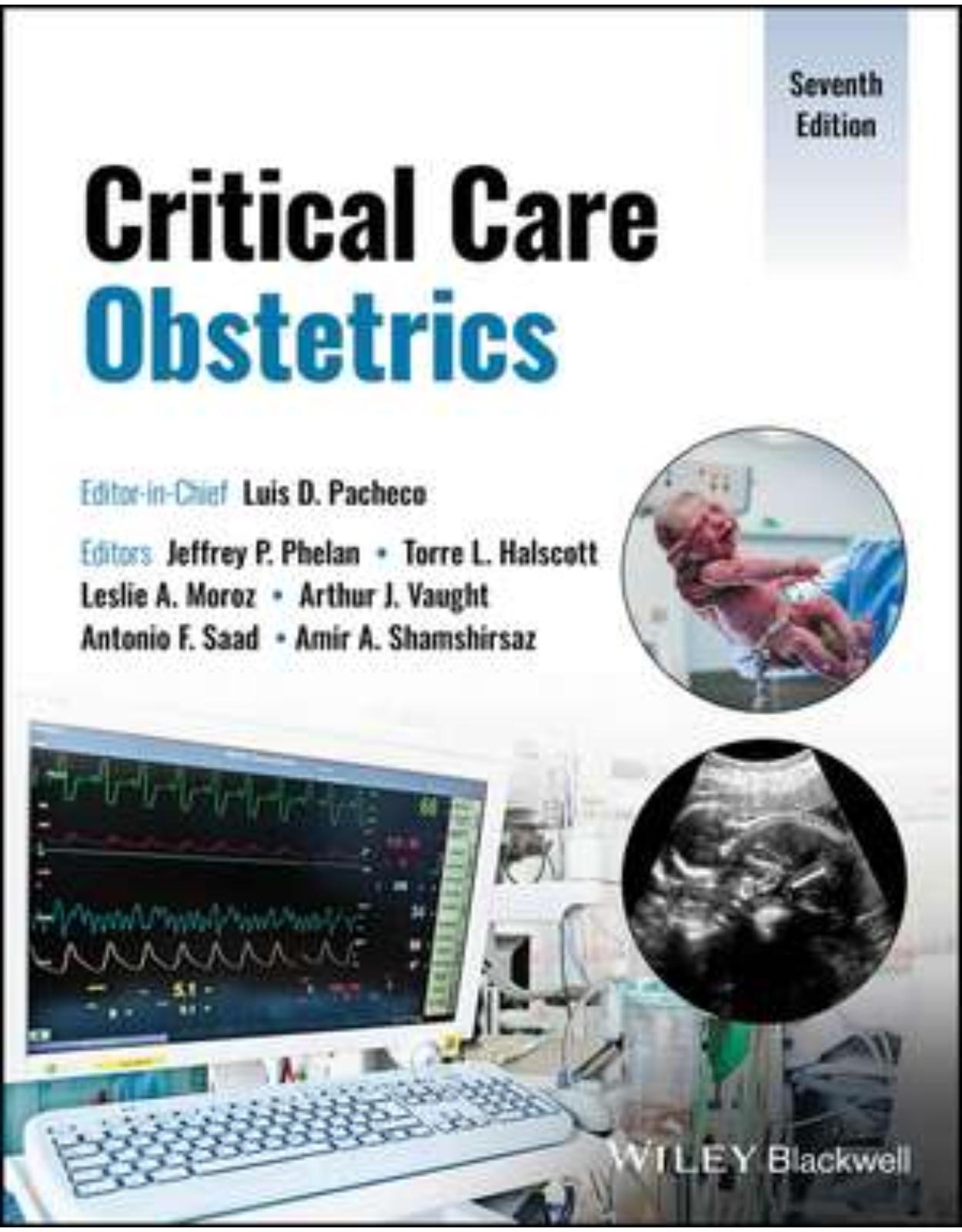
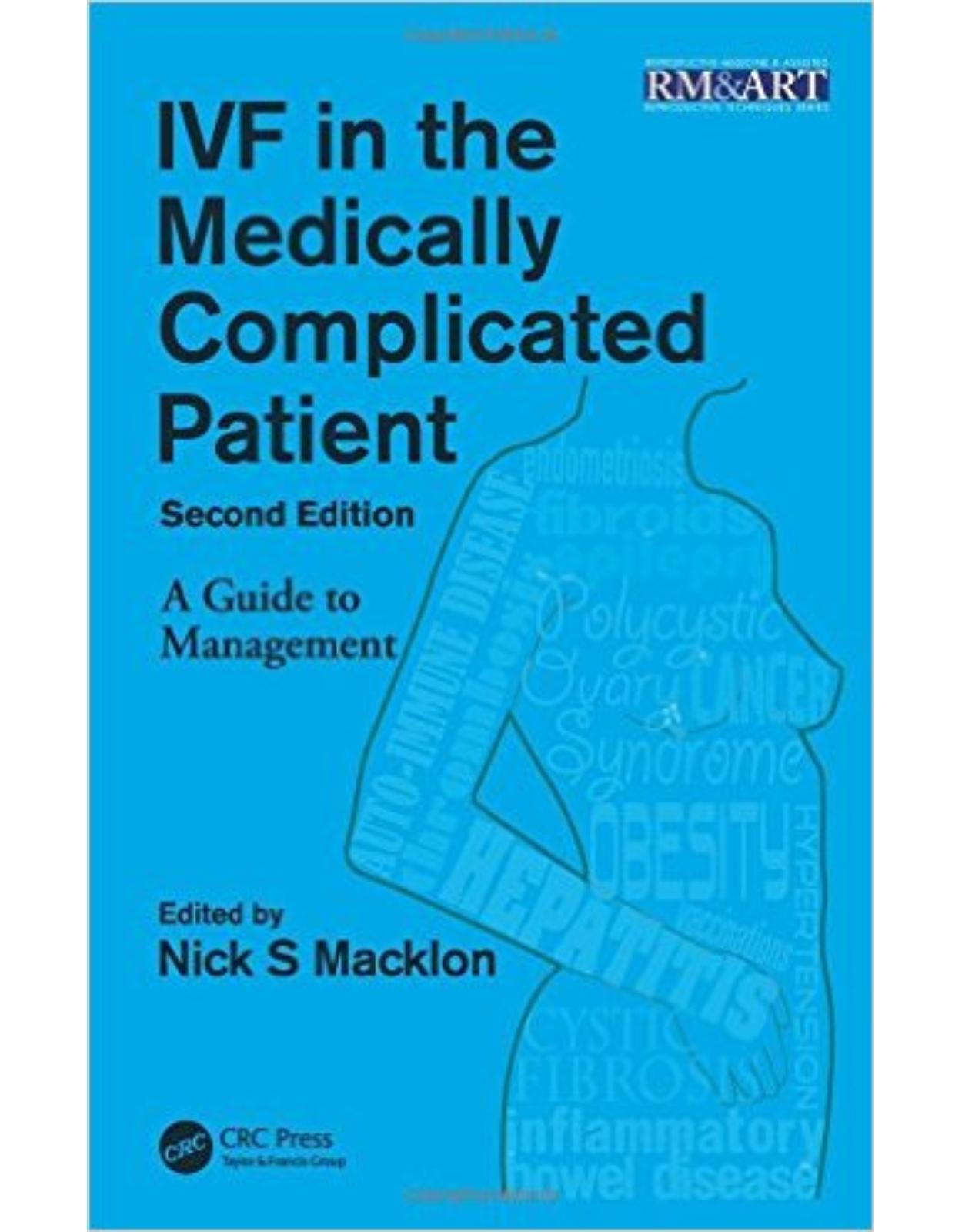
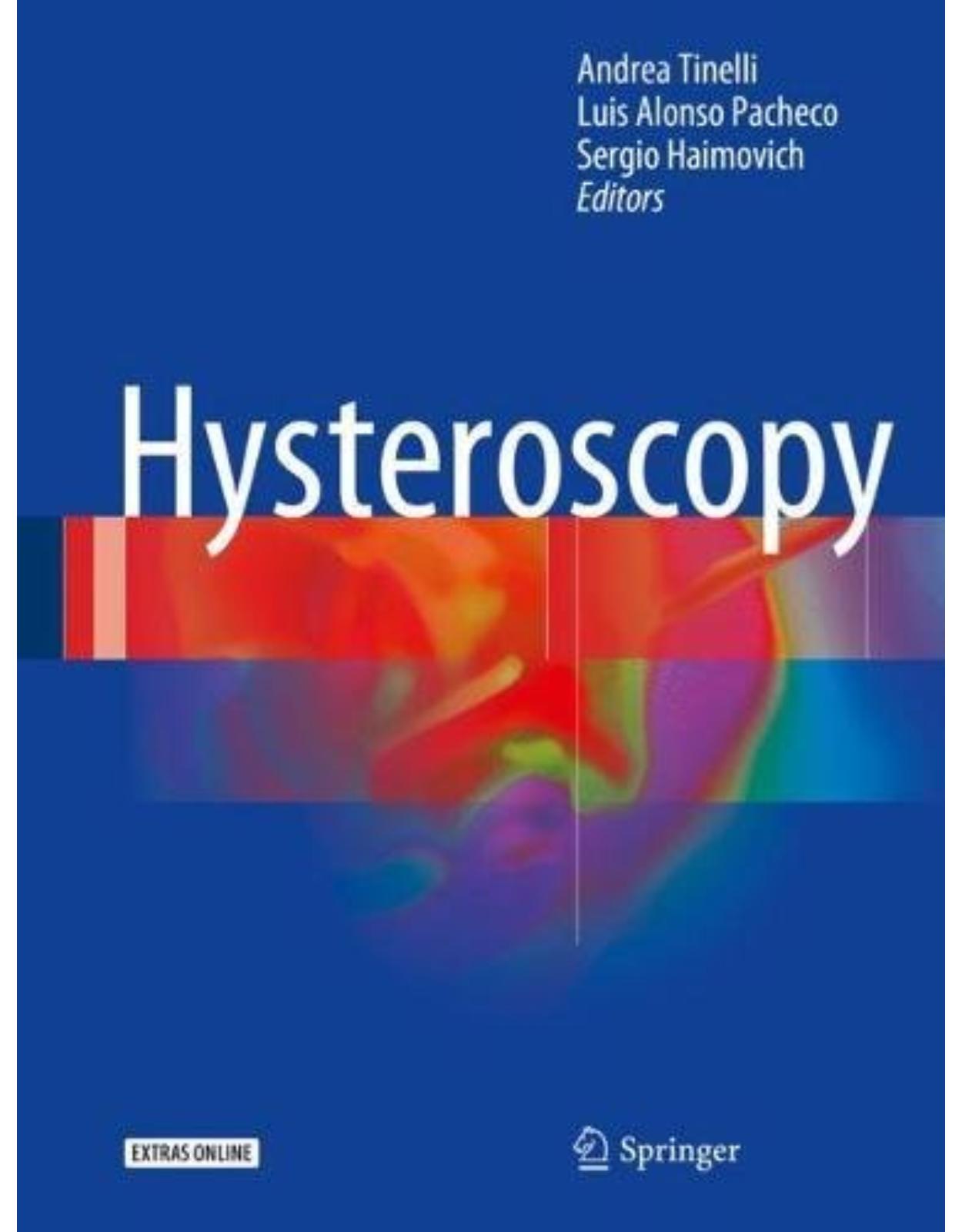
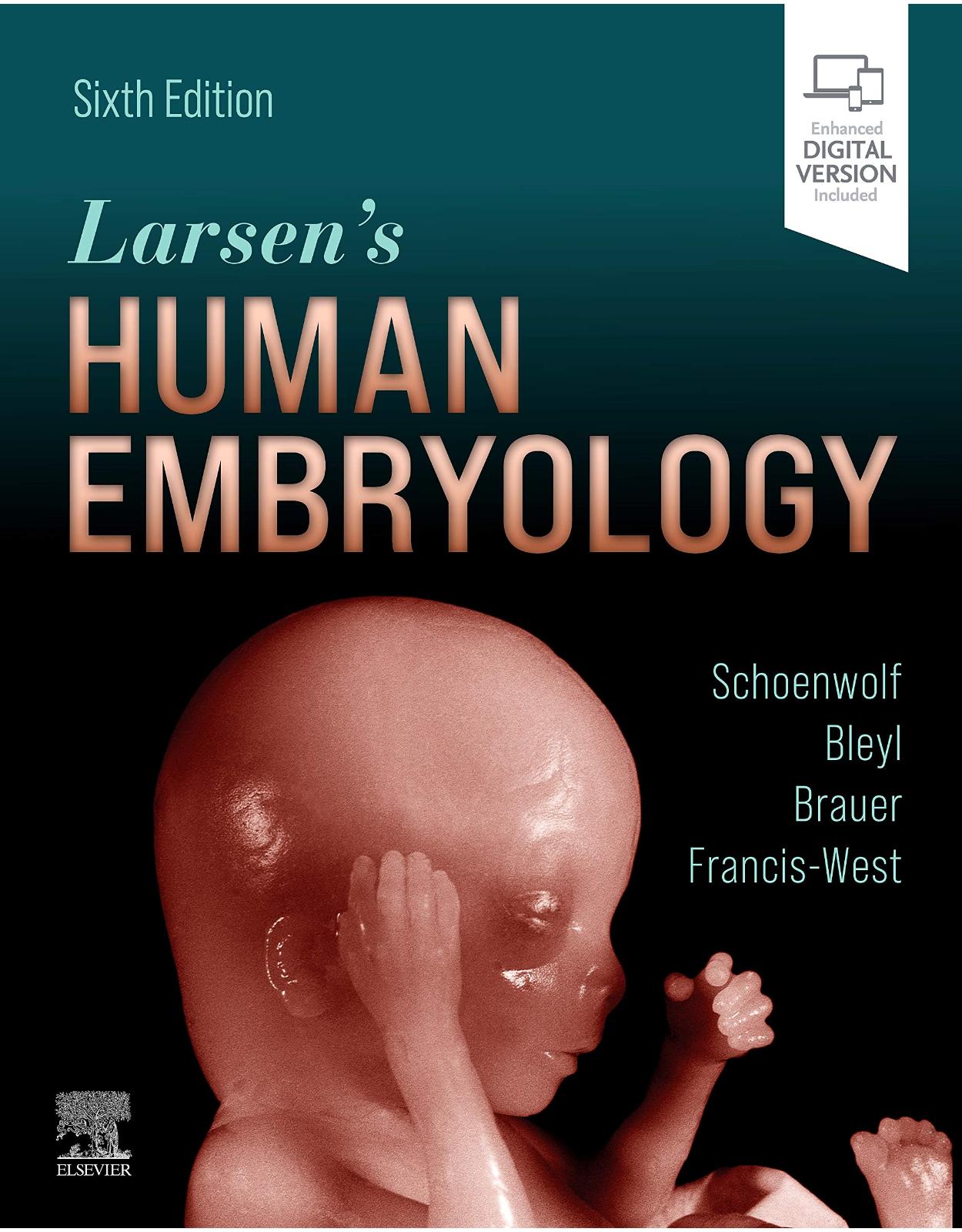
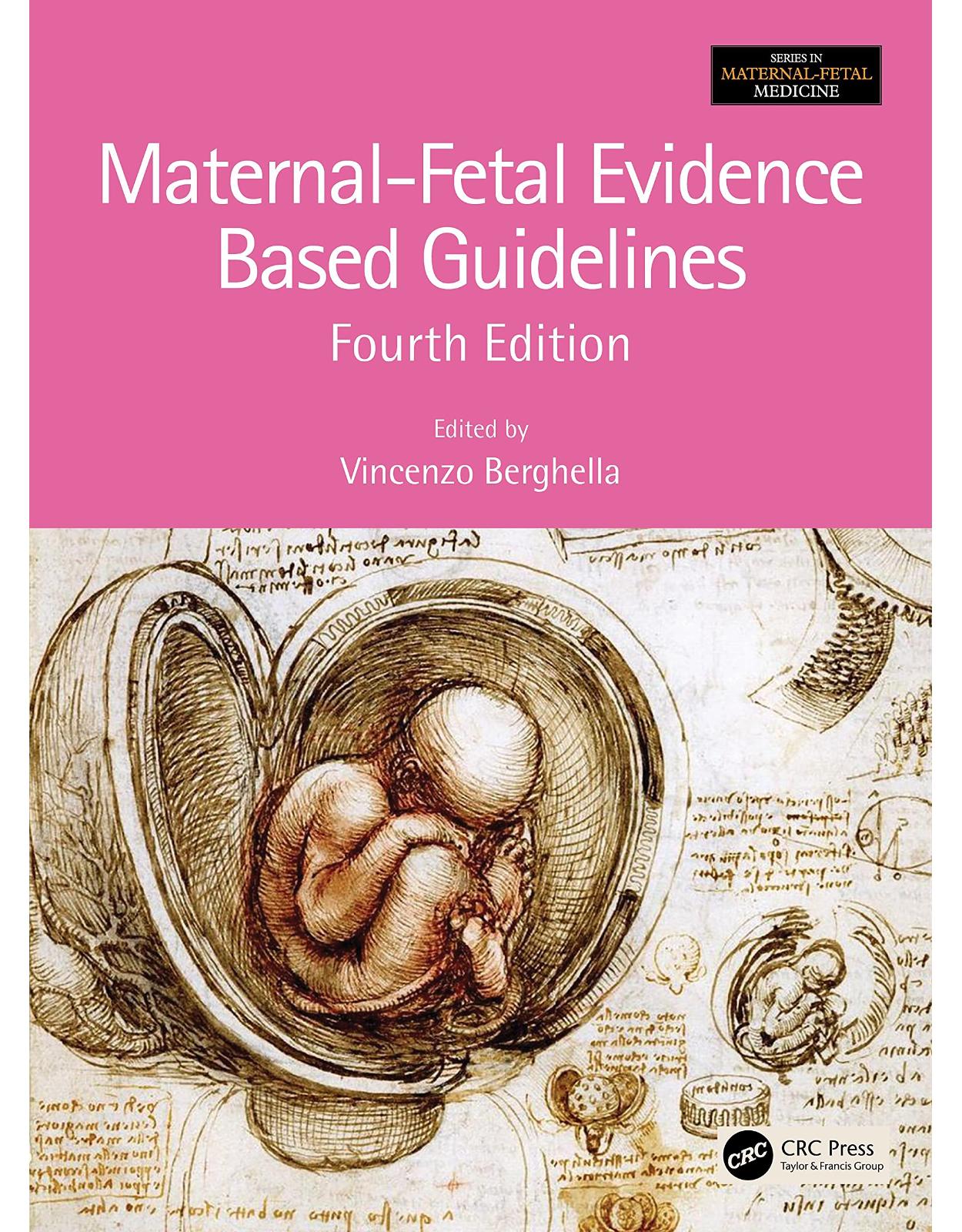
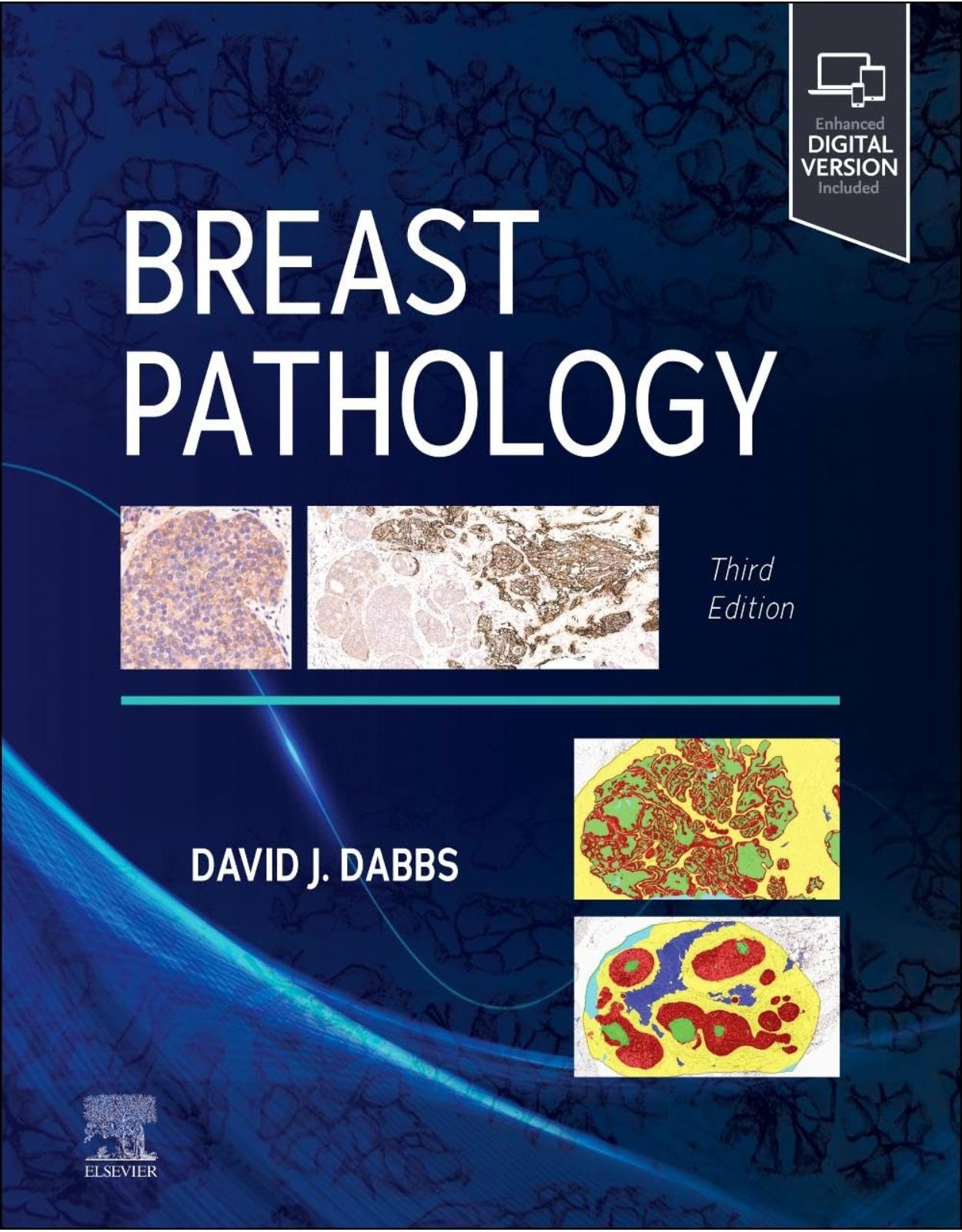

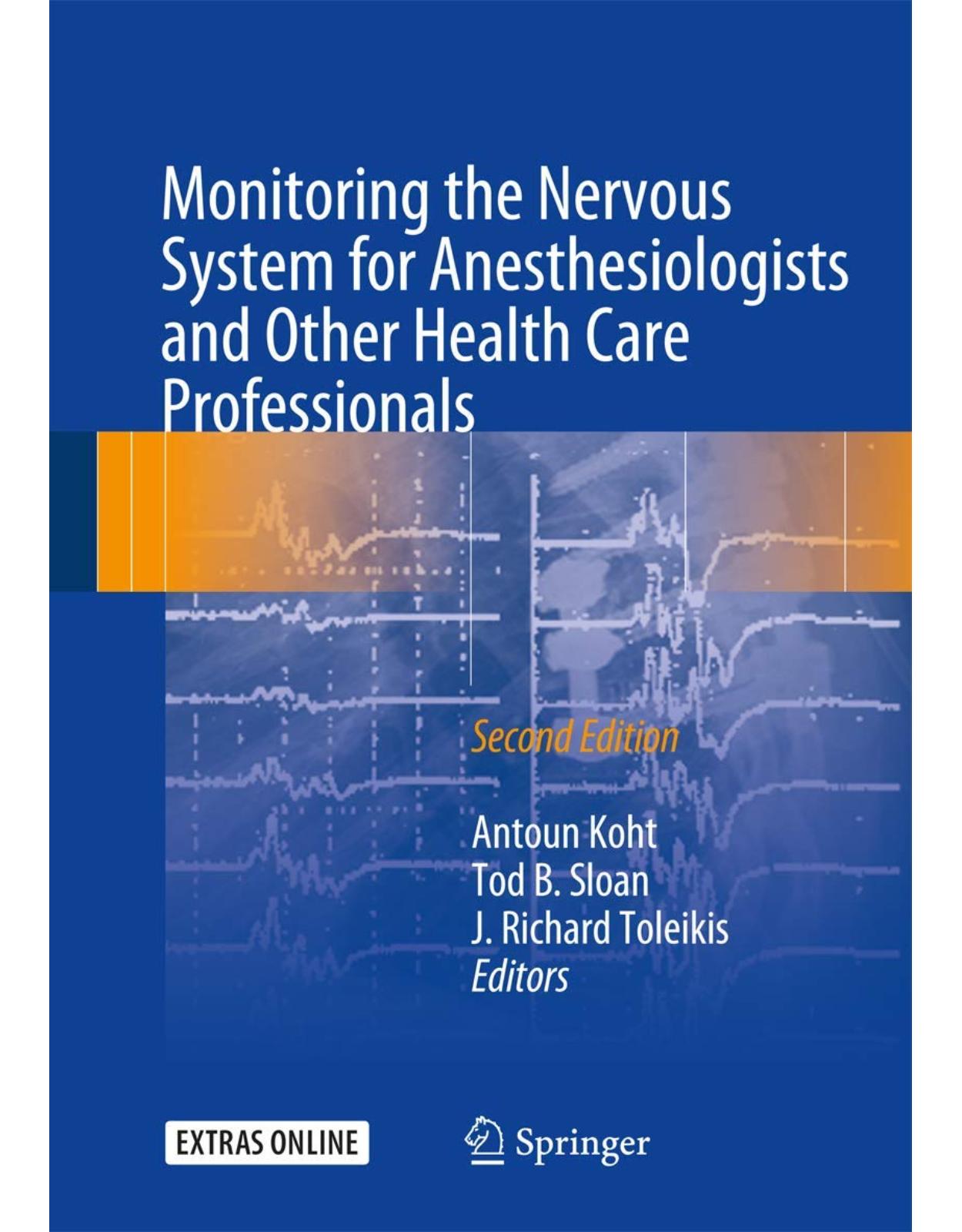
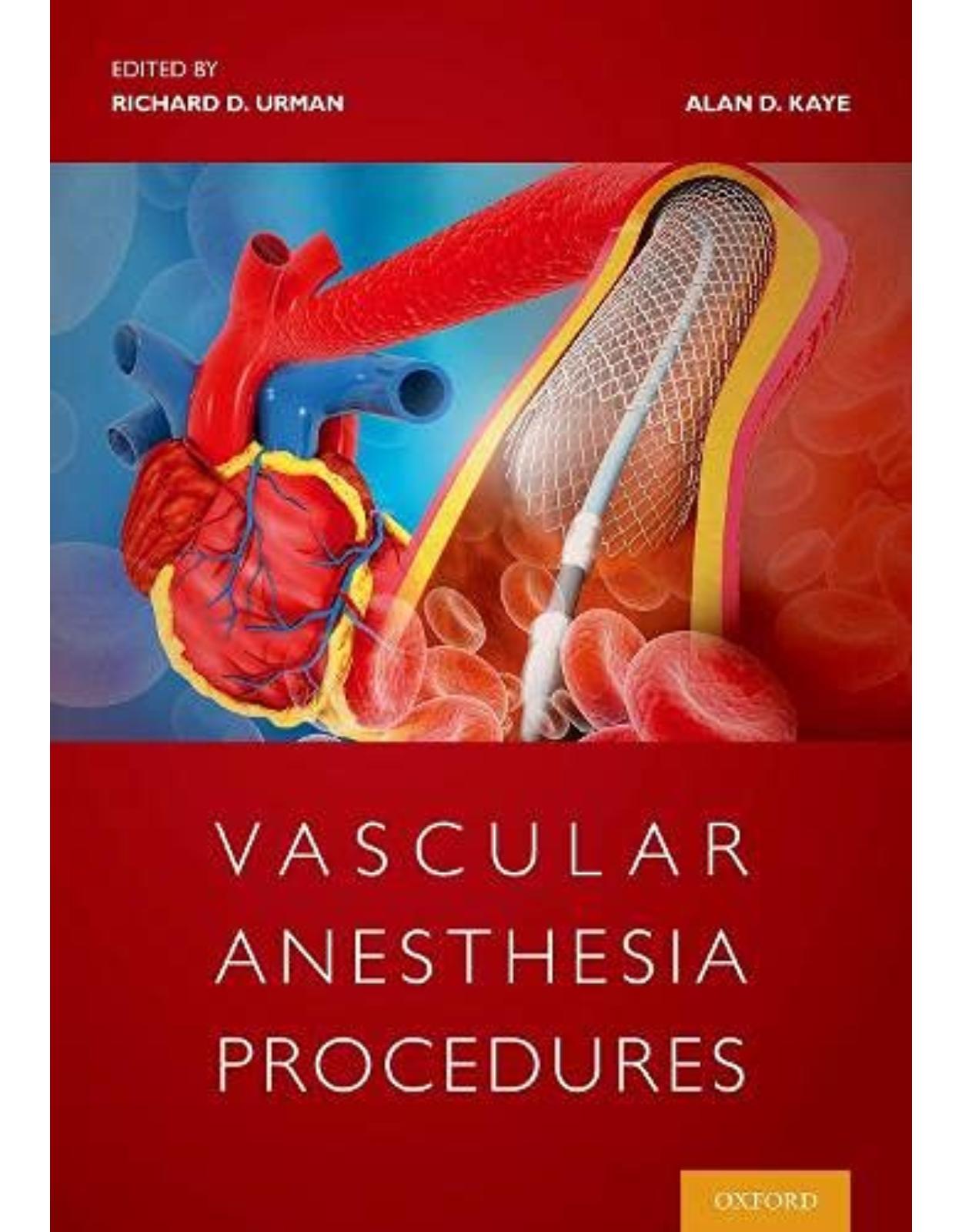



Clientii ebookshop.ro nu au adaugat inca opinii pentru acest produs. Fii primul care adauga o parere, folosind formularul de mai jos.